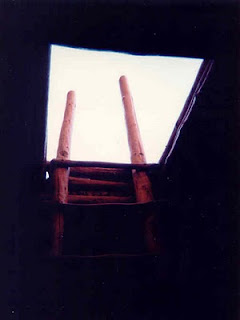Now, In Entering Into Zen

The title of this post was inspired by a passage in Dogen’s Fukanzazengi ( Universal Recommendation for Zazen) . Fukanzazengi (foo-kahn-zah-zen-ghee) is a work that ranges from the seemingly mundane physical aspects of seated meditation to the ineffable nature of zazen as the complete expression of enlightenment—all within the confines of a few dense but surprisingly accessible pages. Forget whatever ideas you might have about becoming wiser, happier, calmer, more focused, or creating good karma, etc. Such ideas of gain are actually impediments. Simply sit. Expect nothing. Do not strive for anything. Do not cloud your mind with ideas that you’re accomplishing anything at all. When we bring our body-mind into accord with this prescription, we are actualizing enlightenment right here and now. It became the norm at the Zen temple where I practiced to recite Fukanzazengi at the close of each full day of sitting. Clearly, a full day of sitting zazen is not something...




